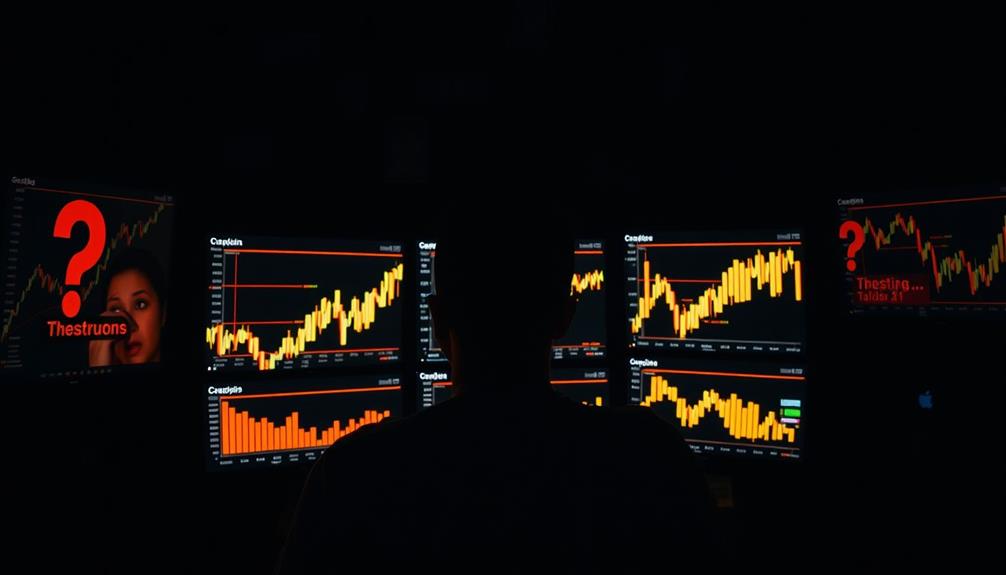When you hear the term "bear market," it might evoke images of a fierce downturn, but do you know where it all began? This phrase isn't just a catchy label; it stems from historical trading practices and the behavior of investors during significant market declines. Understanding its origins can reveal much about investor psychology and the factors that trigger such a savage environment. What deeper insights could this knowledge uncover?

When you hear the term "bear market," it's not just a casual phrase; it signifies a significant downturn in investment prices, typically marked by a drop of at least 20% from recent highs. This sharp decline often leads to a ripple effect across the economy, impacting not just investors but businesses and consumers alike.
You might wonder about the origins of the term "bear market." Interestingly, the phrase comes from historical trading practices where "bears" referred to speculators betting on price declines. This metaphor paints a vivid image of how market sentiment can drastically shift.
Bear markets often coincide with economic downturns. When you notice weak employment rates, faltering productivity, or declining business profits, you might be witnessing the early signs of a bear market. The sentiment among investors tends to turn negative during these periods, leading to increased selling and reduced buying activity.
Fear spreads like wildfire, and suddenly, the market landscape looks bleak. You may feel this atmosphere of pessimism as the news outlets focus on the negative aspects of the economy, reinforcing those bearish sentiments. In such environments, increased volatility in cryptocurrency markets can further exacerbate the panic among investors.
Several factors can trigger a bear market. Economic downturns are a common cause, but global events—like public health crises or geopolitical tensions—can also wreak havoc on market stability. You might even recall instances of market bubbles bursting, causing sudden price corrections that catapult us into bear territory.
Moreover, government interventions, such as adjusting tax rates or altering federal funds rates, can shake investor confidence and push markets downward. The landscape can shift dramatically, especially with significant changes in economic paradigms, such as a movement toward an online economy.
Recognizing these characteristics can help you navigate through a bear market. Prices must fall by that crucial 20% threshold, marked by widespread pessimistic sentiment and reduced trading volume.
You might appreciate how this presents both challenges and opportunities. While the market may feel like a grim place, strategic investors often see the potential for a buy-and-hold strategy, taking advantage of lower prices for valuable stocks. In contrast, short-term investors might consider short selling to profit from declining prices.
Understanding the origins and characteristics of a bear market can empower you to make informed decisions, even as the market fluctuates. So, the next time you hear "bear market," recognize it as a significant indicator of economic health, reflecting not just numbers but the sentiment and behaviors of investors like you.









